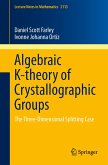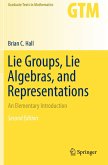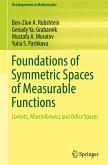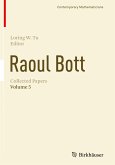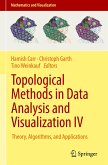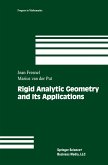This monograph is devoted to monoidal categories and their connections with 3-dimensional topological field theories. Starting with basic definitions, it proceeds to the forefront of current research.
Part 1 introduces monoidal categories and several of their classes, including rigid, pivotal, spherical, fusion, braided, and modular categories. It then presents deep theorems of Müger on the center of a pivotal fusion category. These theorems are proved in Part 2 using the theory of Hopf monads. In Part 3 the authors define the notion of a topological quantum field theory (TQFT) and construct a Turaev-Viro-type 3-dimensional state sum TQFT from a spherical fusion category. Lastly, in Part 4 this construction is extended to 3-manifolds with colored ribbon graphs, yielding a so-called graph TQFT (and, consequently, a 3-2-1 extended TQFT). The authors then prove the main result of the monograph: the state sum graph TQFT derived from any spherical fusion category is isomorphic tothe Reshetikhin-Turaev surgery graph TQFT derived from the center of that category.
The book is of interest to researchers and students studying topological field theory, monoidal categories, Hopf algebras and Hopf monads.
Part 1 introduces monoidal categories and several of their classes, including rigid, pivotal, spherical, fusion, braided, and modular categories. It then presents deep theorems of Müger on the center of a pivotal fusion category. These theorems are proved in Part 2 using the theory of Hopf monads. In Part 3 the authors define the notion of a topological quantum field theory (TQFT) and construct a Turaev-Viro-type 3-dimensional state sum TQFT from a spherical fusion category. Lastly, in Part 4 this construction is extended to 3-manifolds with colored ribbon graphs, yielding a so-called graph TQFT (and, consequently, a 3-2-1 extended TQFT). The authors then prove the main result of the monograph: the state sum graph TQFT derived from any spherical fusion category is isomorphic tothe Reshetikhin-Turaev surgery graph TQFT derived from the center of that category.
The book is of interest to researchers and students studying topological field theory, monoidal categories, Hopf algebras and Hopf monads.
"The book gives a self-contained account of the algebraic construction of TQFTs including all required background on the theory of monoidal categories. As such, it appears to be unique in the literature. Material otherwise only accessible through various journal articles, and partly only published in preprints, has been combined into a single well-written and accessible account of the theory. The book combines decades of research into a single text, bringing the reader from the basics to the forefront of research." (Robert Laugwitz, Mathematical Reviews, July, 2018)


